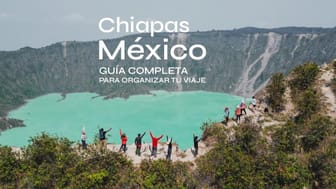Zinacantán
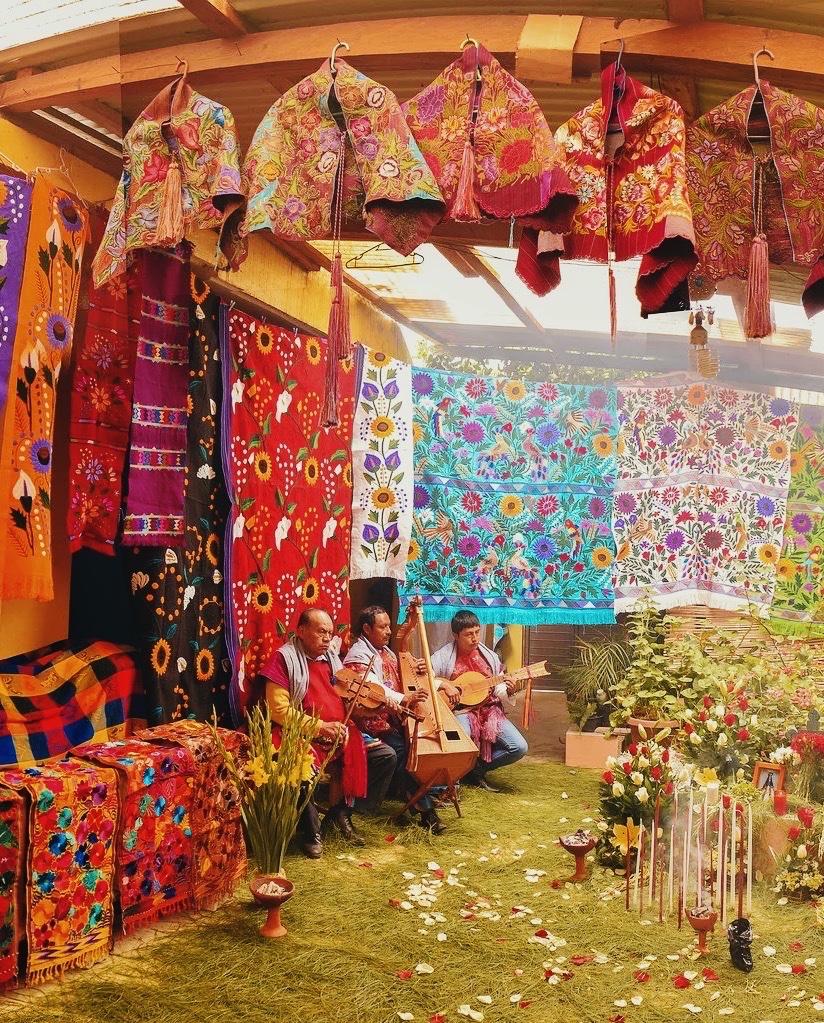
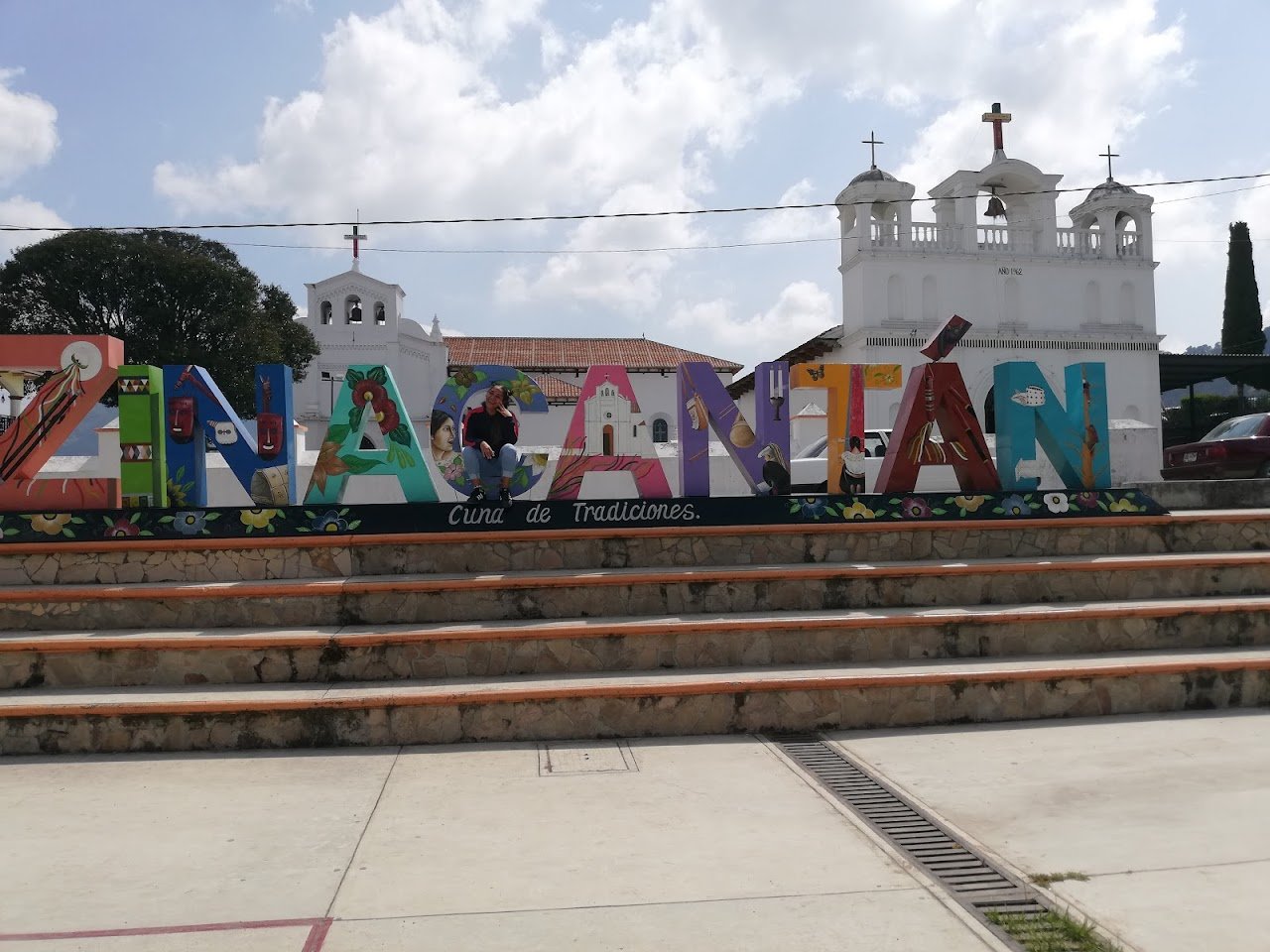
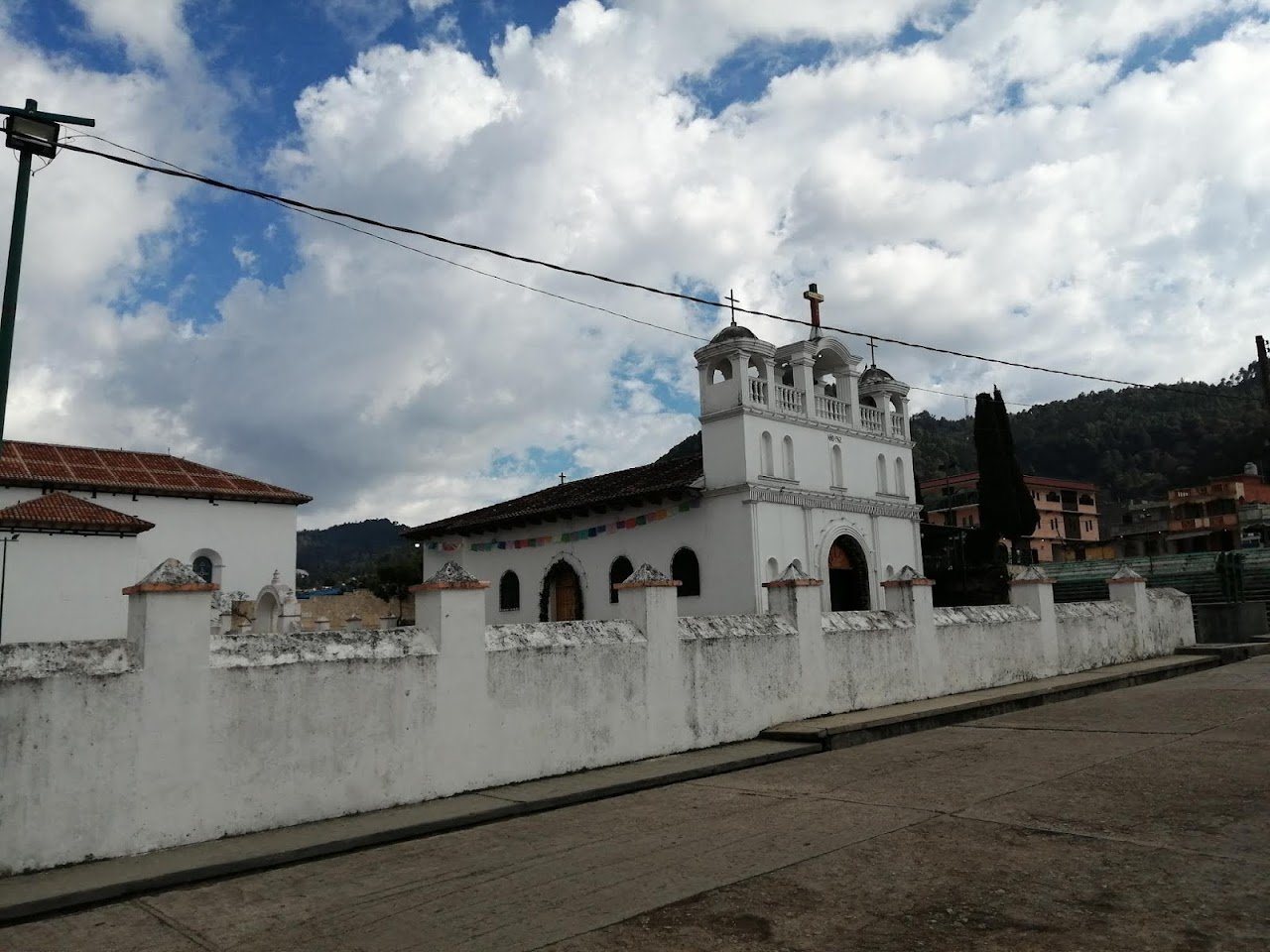
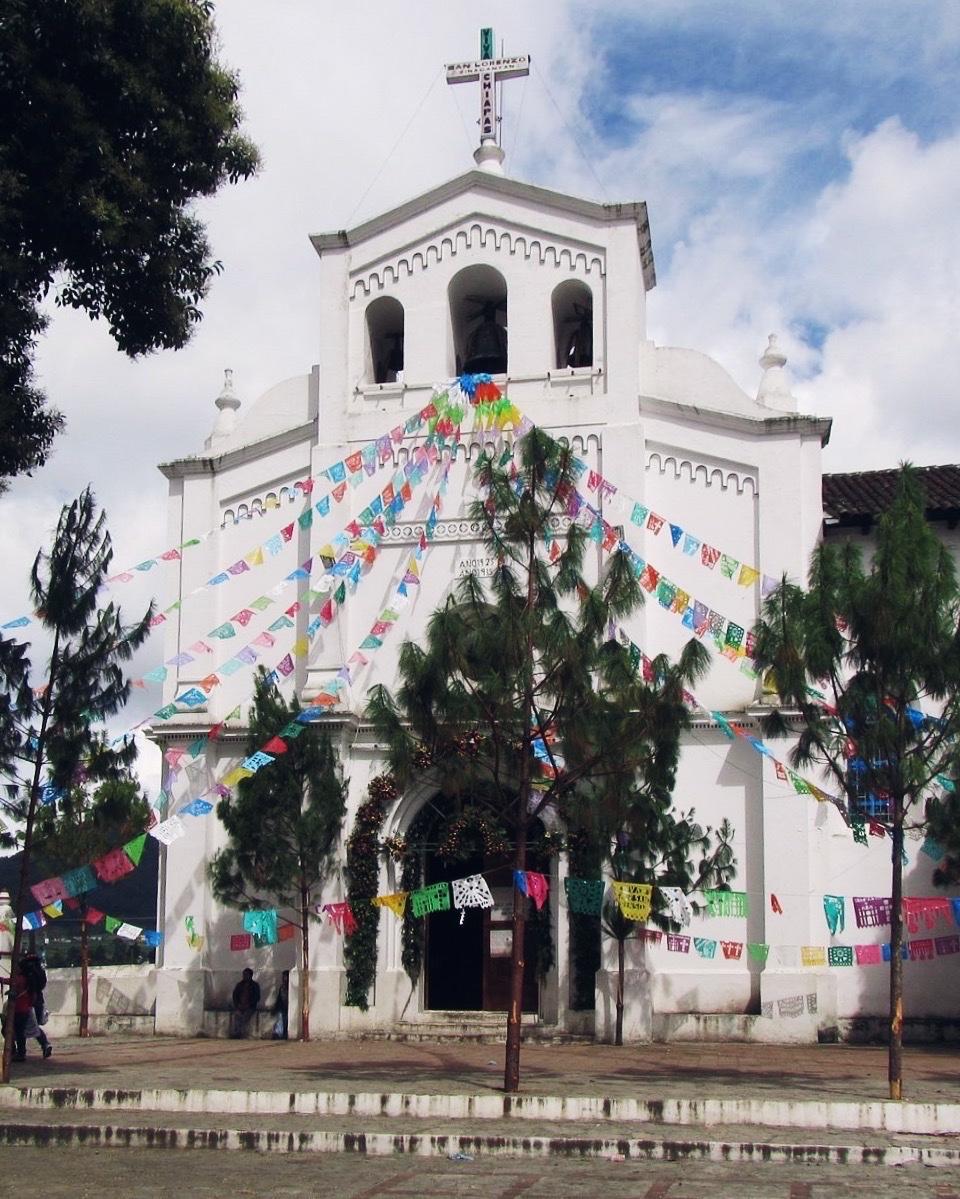
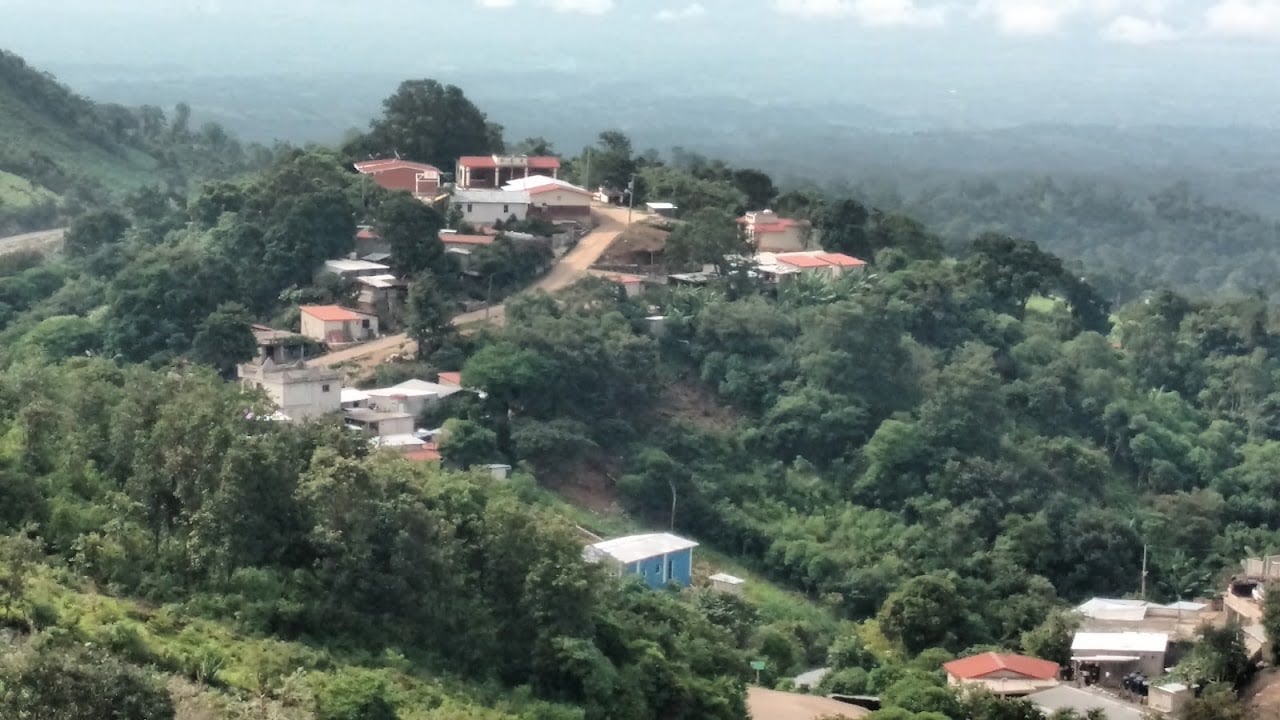
Ask ThatchGPT
Suggest a local expert to plan my trip
Suggest an unique itinerary for my Chiapas trip
What foods do Chiapas locals eat
What are some true hidden gems in Chiapas
Help me brainstorm trip ideas for Chiapas
Help me plan a family-friendly trip to Chiapas
What people say
Batzaya Struble
"Zinacantán is a tzotzil village 10 km away from the city. The road that takes you there drives through the temple of Esquipulas a beautiful example of the rural architecture of the highlands.
Bordering the Huitepec hill, which has been declared an ecological reserve, to better appreciate the vegetation and animal life of the region.
In Zinacantán, the sacred spaces are marked by the hills that surround the small valley and the set formed by the San Lorenzo Church, originally a colonial structure remodeled last century following the San Cristóbal neoclassical style, and the Esquipulas and San Sebastian chapels.
The Ik’alojov museum condenses the cultural richness of Zinacantán within a traditional hay and clay house. A wide variety of traditional clothing, furniture, musical instruments and daily use artifacts can be admired.
There is a notable display of handicraft production in colorful tones in a valley splattered with flower greenhouses. Flowers are an essential part of the economy of the village and of great importance to their religious rituals.
Their traditional dress is still worn on an everyday basis, without any evident changes which denotes their deep attachment to their traditional customs.
The men wear a cotton tunic woven on a loom called pok’u’ul. Traditionally, it used to be white, but during the 70’s they started alternating with red threads giving the impression of pink clothing. By the 90’s the change was made to completely red. At the beginning of the century, they started using dark tones, like purple, blue and green, and including floral motifs that were initially embroidered by hand. On celebrations, they use a hand embroidered white shirt called mokiteil, and if they hold any governmental position, they wear a neckcloth called pok’.
The women use a handmade blouse embroidered with floral motifs. To protect themselves from the cold they use their moxib or moxibal, which varies in color just like the pok’u’ul, which is the male equivalent. The skirt is dark with discreet embroidered floral motifs.
The graveyards are an interesting element of he Zinacantán culture. They are built at the top of the hills because the ancestors, are considered the guardians of the town and in some ways, the keepers of the morality of it’s inhabitants.
The graveyards are well kept and visited often. Usually the graves have fresh flowers which reflects the deep respect and worship of the dead.
Celebrations
The main celebrations of the town are:
San Lorenzo Mártir - Patron saint of the village, August 8 - 10
San Sebastián Mártir - January 18 - 22.
Other important celebrations are Easter and Christmas. The All Saints and the Day of the Dead, which take place on the 1st and 2nd of November are one of the most important traditional celebrations of the year.
History
Before the arrival of the spaniards, the Zinacantán people covered a wide area including the municipalities of Zinacantán, San Cristobal de las Casas, Iztapa, Acala and San Lucas.
The majority of the people lived in the colder and more mountainous area (ak’ol osil), and from there they would walk to the lower land (olon osil) for their agricultural activities. They lived in constant strife with the people of Chiapas, fighting for the rights for the salt of the Iztapa river, where it is produced in large quantities.
During pre-hispanic times, this village was well known throughout the mesoamerican region for their commerce and exchange with other villages. They kept commercial relationships especially with the Aztec, with whom they traded salt and amber.
They were known for their diplomacy and negotiating skills
At their arrival, the spaniards were allowed to settle in the Jobel valley where they founded the “Royal city”, what is today San Cristóbal de las Casas, in exchange for the support of the conquistadors against their neighboring enemies (the chiapas and chamulas). In simpler terms, there was no opposition to the spanish colonization, but a negotiation in their favor with the spaniards.
Regarding the christian evangelization by the dominican missionaries of the area, there was no resistance either, but a merger of traditions that allowed many pre-hispanic customs to survive to this day. From the arrival of the dominican missionaries to their leaving on the second half of the 18th century, the patron saint of the town was Santo Domingo de Guzman, but for unknown reasons, San Lorenzo later became the patron saint of Zinacantán.
What to do
Visit the artisan women’s shop
Visit the Flower greenhouses
Visit the temple
Eat the local fare
Following the pan-american highway, 10 km away from San Cristóbal de las Casas, entering a limestone valley, you reach the village of Navenchauc, the first community belonging to Zinacantán.
"
Read more in:
Wild Latitud
"Zinacantán, un encantador pueblo tzotzil en el estado de Chiapas, México, es una joya cultural que ofrece a los visitantes una inmersión auténtica en la rica herencia indígena de la región.
Se destaca por sus textiles vibrantes y artesanías exquisitas. Los habitantes locales, vestidos con trajes típicos elaborados a mano, reciben a los visitantes con calidez, invitándolos a explorar sus talleres artesanales y a sumergirse en la autenticidad de sus costumbres.
La visita a Zinacantán es una experiencia enriquecedora, donde los colores, sonidos y sabores transportan a los visitantes a un mundo arraigado en la historia y la cultura indígena de Chiapas.
1. Ubicación:
Zinacantán es un pueblo indígena tzotzil ubicado en el estado de Chiapas, México, cerca de San Cristóbal de las Casas.
2. ¿Cómo llegar?
Desde San Cristóbal de las Casas, puedes tomar un transporte público, colectivo o taxi para llegar a Zinacantán. La distancia es corta, y el trayecto ofrece vistas pintorescas de los alrededores.
En transporte público: hay colectivos que salen del Mercado Municipal de San Cristóbal de las Casas 20 mxn. (2 USD)
En taxi: un taxi debería costar alrededor de 100 mxn (6 USD) es importante fijar la tarifa por adelantado.
En coche: tomar la carretera a San Juan Chamula y en el km 9 tomar la dirección de Zinacantán
De igual manera puedes contratar un tour con cualquier agencia en los andadores de San Cristóbal, es un destino bastante popular así que será muy fácil, por lo regular este tour también incluirá la visita a San Juan Chamula.
Con un costo aproximado de 400 mxn ( 24 USD) por persona.
3. Costo de Entrada:
Generalmente, no hay un costo de entrada para ingresar al pueblo. Sin embargo, algunas actividades dentro del pueblo, como visitar talleres artesanales, pueden tener tarifas específicas.
4. ¿Qué hacer aquí?
En Zinacantán, puedes explorar la cultura tzotzil, visitar la iglesia local, conocer talleres artesanales, y disfrutar de sus coloridos textiles y bordados. La comunidad es conocida por su rica herencia cultural.
5. Hospedaje:
Puedes encontrar opciones de hospedaje en San Cristóbal de las Casas y luego tomar transporte a Zinacantán para un viaje de un día. En San Cristóbal, hay diversas opciones que se adaptan a diferentes presupuestos.
6. ¿Dónde comer?
Dentro de Zinacantán, podrás probar platillos tradicionales en pequeños comedores locales. También es posible encontrar opciones de comida en San Cristóbal antes de dirigirte a Zinacantán, es lo que nosotras te recomendamos hacer.
7. Presupuesto Aproximado:
El presupuesto dependerá de tus elecciones de actividades. Como referencia entre 500 mxn a 700 mxn (30-42 USD).
¡Esperamos que te gusten mucho los textiles en Zinacantán! "
Read more in:
Naomi Castañeda
" Known for its vibrant textiles and intricate embroidery, Zinacantán invites visitors to explore its colorful markets and witness skilled artisans at work. With its rich cultural heritage and breathtaking scenery, Zinacantán promises an unforgettable experience for those seeking an authentic immersion into Chiapas' indigenous traditions."
Read more in:
Mentioned in these guides
About Zinacantán
Get the inside scoop on Zinacantán from local experts, travel creators, and tastemakers. Browse genuine trip notes, Zinacantán reviews, photos, travel guides, and itineraries from real travelers and plan your trip with confidence.
Save this spot for later or start mapping out a new trip today
Try our AI Travel Assistant and get instant answers to any questions about your trip.
Ask ThatchGPT
